15 Most Expensive Dog Breeds To Maintain

Owning a dog can be rewarding, but some breeds come with significantly higher maintenance costs. Certain breeds require frequent vet visits, specialized diets, grooming needs, and more, all of which add to the overall expenses. If you’re considering bringing home a dog, it’s necessary to understand the financial commitment involved, especially with these 15 most expensive breeds to maintain.
English Bulldog

These dogs have numerous health challenges, which means vet bills just keep coming. Due to the breed’s characteristic wrinkled skin, skin infections and skin fold dermatitis are common issues. Plus, respiratory problems, because of their short-nosed structure, often necessitate specialized care or surgery. Other challenges, like hip dysplasia, cherry eye, and obesity, are also common.
Bernese Mountain Dog
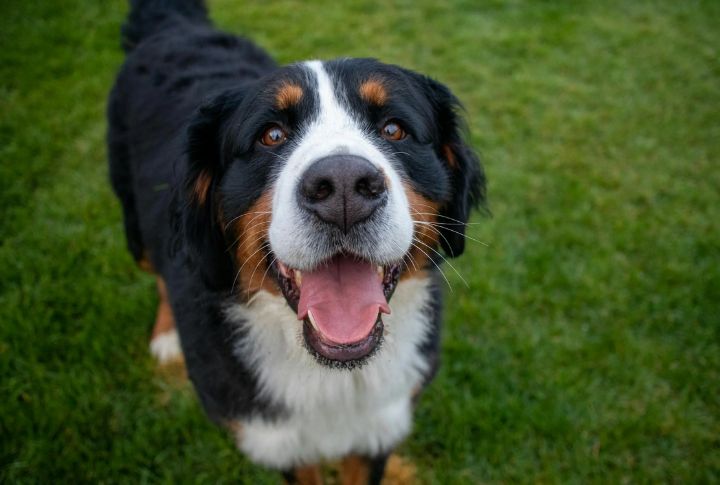
The size and genetic predispositions of this breed contribute to its maintenance cost. Bernese mountain dogs should be regularly combed to avoid matting and excessive shedding. They are also in danger of having hip and elbow dysplasia and certain cancers. Because of their weight, pet insurance premiums for this breed tend to be higher than average.
Newfoundland
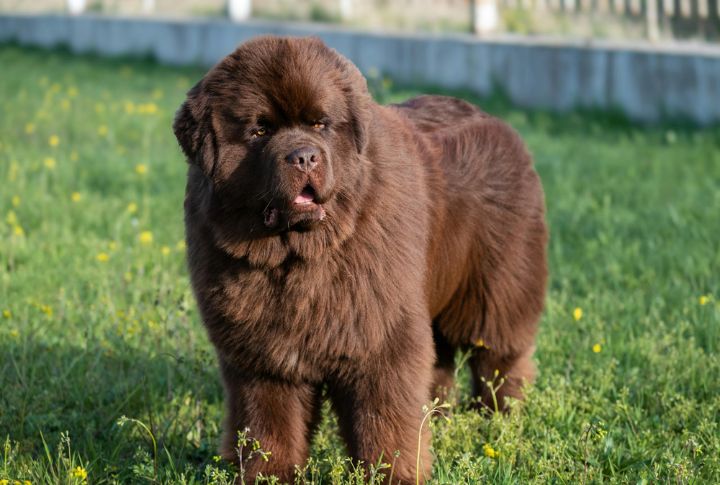
Due to their weight and thick fur, professional grooming sessions for this breed can be expensive. Health problems such as heart disease and bloat result in additional veterinary bills. Newfoundlands consume large amounts of food, which adds to their maintenance cost. They are less ideal for apartment living because they desire ample space to move around.
Tibetan Mastiff
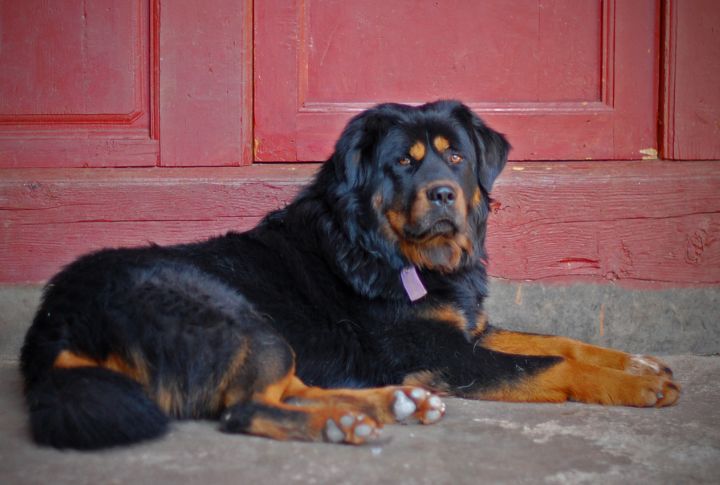
The Tibetan Mastiff is also another costly breed to maintain. It can weigh over 150 pounds and requires a high-protein diet. Its thick double coat needs regular care to prevent matting and skin infections. Additionally, it is susceptible to hip dysplasia, hypothyroidism, and other genetic health conditions that could be proven fatal.
Great Dane

Regular specialized diet helps avoid bloat, a common and life-threatening condition in large dog breeds like the Great Dane. Their short lifespan of 7–10 years is often plagued by sicknesses such as heart disease, hip dysplasia, and bone cancer. With added size comes added expenses, from food to bedding and even medications.
Samoyed
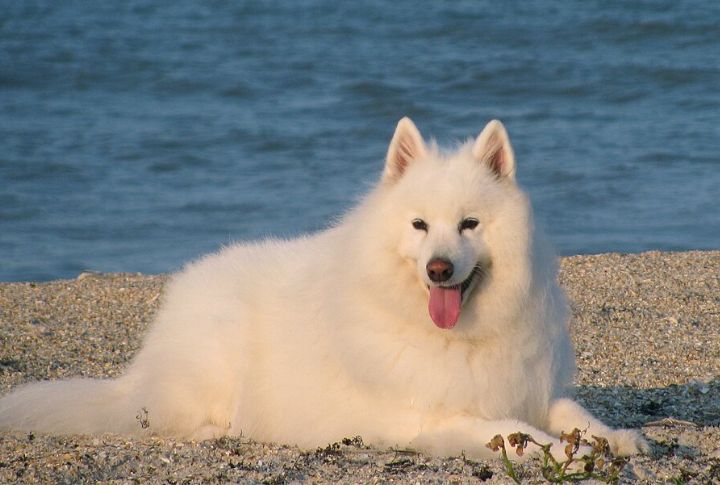
Samoyeds are beautiful, fluffy dogs with a thick double coat. Sadly, their fur sheds heavily, demanding daily brushing and frequent washing. They are prone to genetic health conditions and do well on a high-protein diet and regular exercise to stay healthy. In addition, their boundless energy levels mean they need consistent training and mental stimulation.
Chow Chow
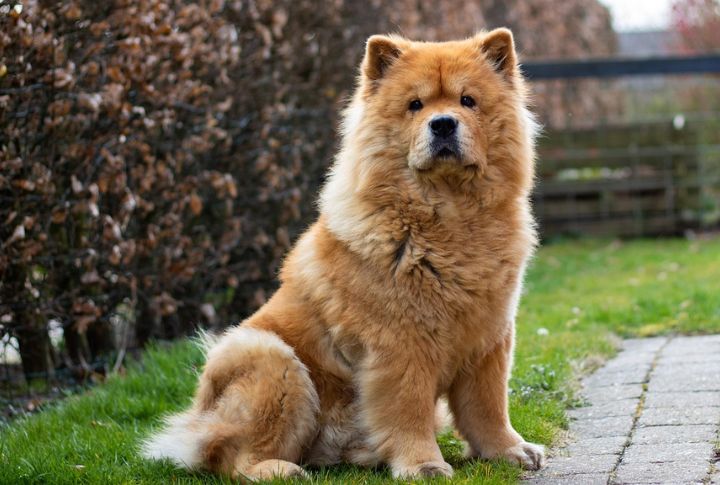
Distinctive for their lion-like mane and aloof temperament, the Chow Chow is also costly to maintain. Regularly grooming their thick double coat to prevent tangles and overheating comes at a steep price. The breed is susceptible to several sicknesses, and its diet must be managed effectively to avoid obesity and joint problems.
Cavalier King Charles Spaniel
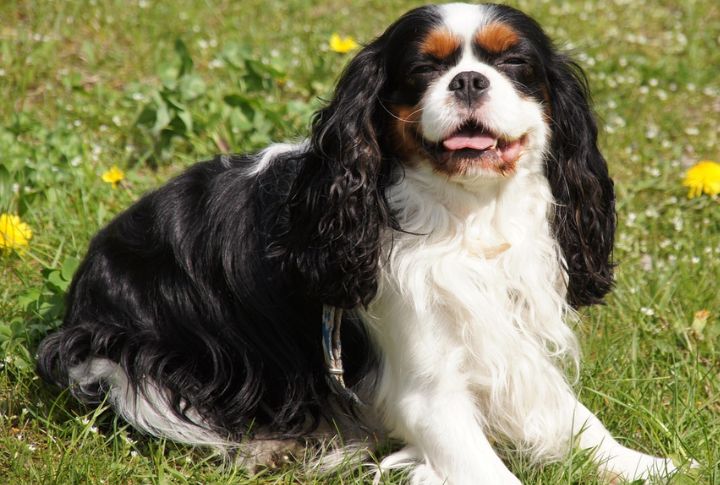
Small but elegant, Cavalier King Charles Spaniels are highly vulnerable to heart disease, like mitral valve disease, which requires lifelong medical care. They are also susceptible to ear infections and syringomyelia, a painful neurological condition. Also, their small structure means they need a specialized diet to prevent weight gain and joint challenges.
Irish Wolfhound
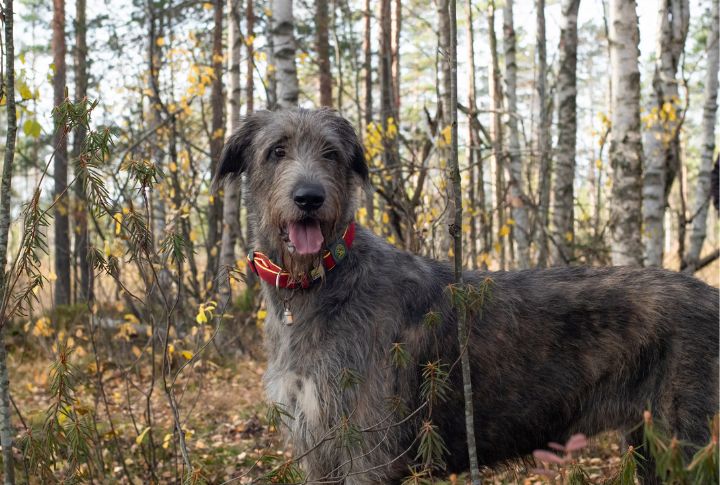
Irish Wolfhounds are large dog breeds, and their upkeep costs are substantial. If not properly managed, most part of their short lifespan can be spent battling heart diseases and osteosarcoma (bone cancer). Feeding and grooming an Irish Wolfhound is also expensive due to their massive size, dietary needs, and wiry coat.
Rottweiler
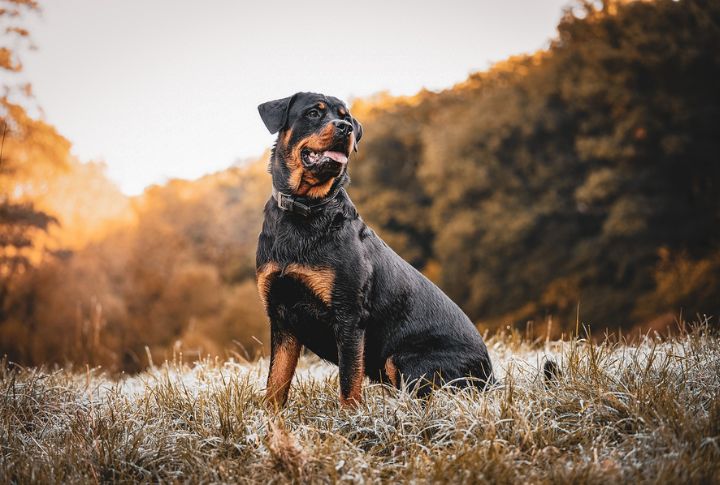
Though Rottweilers are powerful, loyal dogs, keeping them comes with added medical and training expenses. Hip and elbow dysplasia, heart disease, and certain cancers top the list of health issues they are prone to. Their strong-willed nature means they benefit from professional training to ensure proper behavior. Many insurance companies also charge higher premiums for liability coverage.
French Bulldog
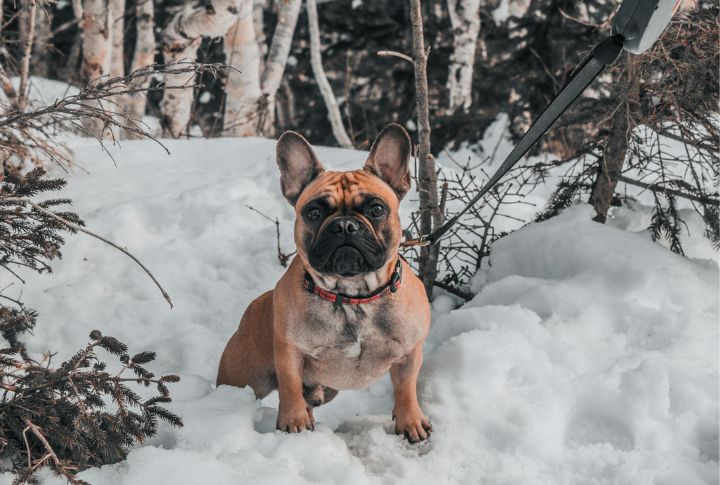
One district characteristic of French Bulldogs is their flat face, which can cause breathing difficulties if not corrected by surgery. Frenchies also need a specialized diet to avoid digestive challenges and obesity. Additionally, they are sensitive to overheating and often need climate-controlled environments. Grooming is minimal, but their medical expenses make them costly to own.
Akita
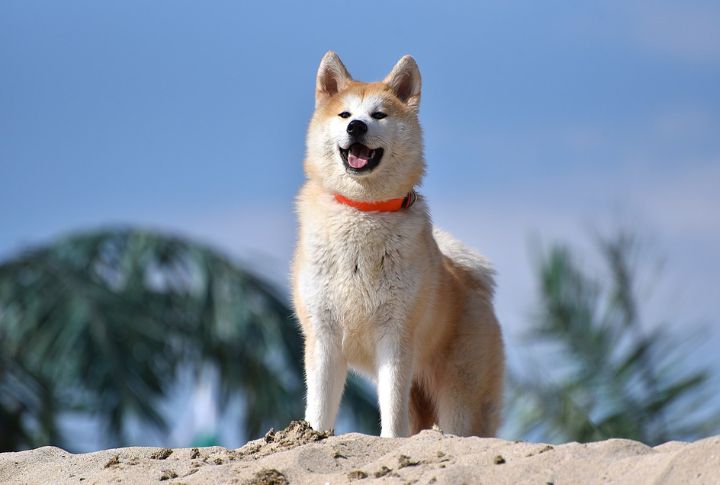
Akitas are large, powerful dogs with a thick double coat that they shed heavily, especially during seasonal changes. This necessitates frequent brushing and expert care. Due to their body weight and energy levels, they need high-quality food and regular exercise, which can add to the cost. Even professional training may be necessary to manage their territorial instincts.
Alaskan Malamute
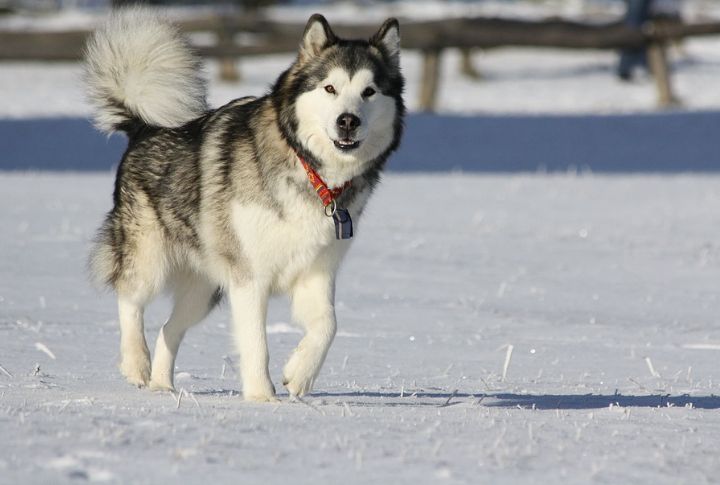
Alaskan Malamutes have a high metabolism, so their diet must be carefully managed. Though these dogs are strong enough to pull sleds, they are highly energetic and need extensive daily exercise. This may require hiring dog walkers or investing in large outdoor spaces. Their stubborn nature makes training difficult, so owners may resort to licensed trainers.
Doberman Pinscher
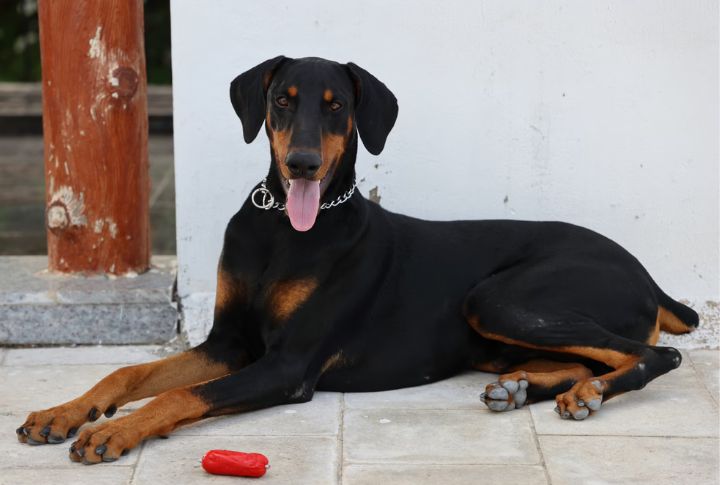
Most dog owners acquire the Doberman Pinschers for their intelligence and beauty. Still, their upkeep can be costly. High-protein diets help maintain muscle mass and prevent health issues like dilated cardiomyopathy (a common heart disease in the breed). Other medical costs could be due to genetic health problems, like von Willebrand’s disease (a blood clotting disorder).
Saint Bernard
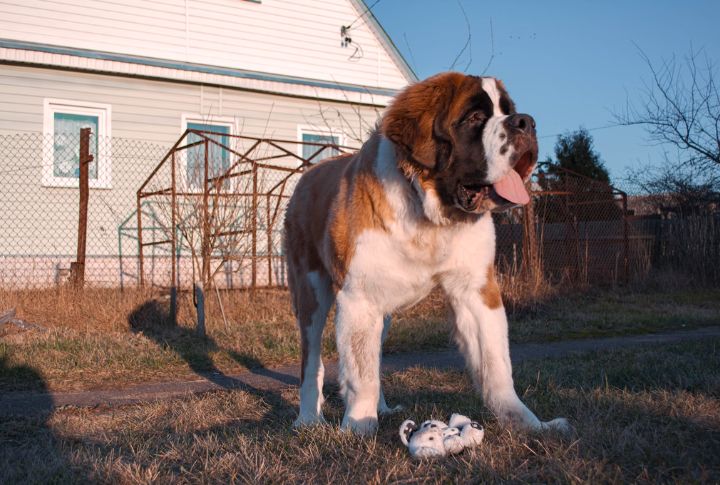
Initially bred for mountain rescue in the Swiss Alps, this breed is incredibly loyal and intelligent, making it an excellent family companion. Despite their calm demeanor, Saint Bernards thrive where there is ample space. The excess cost of keeping them comes from their dietary needs, as their massive bodies crave large amounts of quality food.





